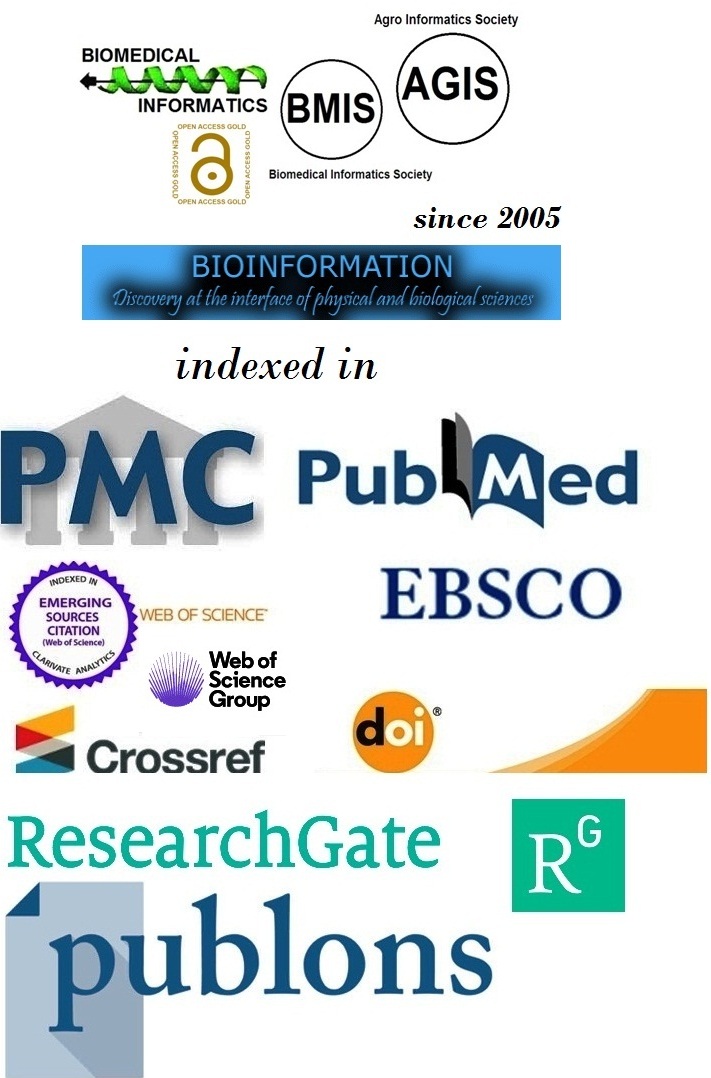Title
Recommendations for school-going students post CoVid-19 in Bangladesh
Authors
Humayun Kabir1,3,#, Md. Kamrul Hasan,2*,# & Mohammad Toyabur Rahaman Bhuya4
Affiliation
1Department of Public Health, North South University, Dhaka, Bangladesh; 2Department of Biochemistry and Molecular Biology, Tejgaon College, National University, Gazipur - 1704, Bangladesh; 3CRP Nursing College, Savar, Dhaka- 1343, Bangladesh; Diabetic Association Nursing Institute, Narayanganj, Bangladesh; # Equal contribution; *Corresponding author
Humayun Kabir: humayun.kabir03@northsouth.edu; Md. Kamrul Hasan; Email: kamrul.hasan11@northosouth.edu
Article Type
Research Article
Date
Received February 28, 2021; Revised March 31, 2021; Accepted April 14, 2021, Published April 30, 2021
Abstract
The CoVid-19 pandemic caused by SARS-CoV-2 has taken more lives than any other pandemic so far, with non-pharmacological interventions such as lockdown, school closures, and travel bans, especially social distance, abounding around the world. With limited resources, these interventions pose the ultimate challenge to the education system in developing countries like Bangladesh, especially in providing uninterrupted education for all children in rural areas, where a significant number of students are enrolled in this area. However, the initiative to close schools for an extended period has affected children physically, emotionally, socially, and in various ways. Noteworthy, it demands to reopen to protect the future of children. Schools have reopened in many countries around the world. It is of interest to document recommendations for school-going students post CoVid-19 in Bangladesh using evidence-based data, information, and knowledge. We document such data in the context of Bangladesh to take such policy initiatives.
Keywords
CoVid-19, SARS-CoV-2, school closure, mental health of children, policymaking, reopening school
Citation
Kabir et al. Bioinformation 17(4): 500-505 (2021)
Edited by
P Kangueane
ISSN
0973-2063
Publisher
License
This is an Open Access article which permits unrestricted use, distribution, and reproduction in any medium, provided the original work is properly credited. This is distributed under the terms of the Creative Commons Attribution License.
